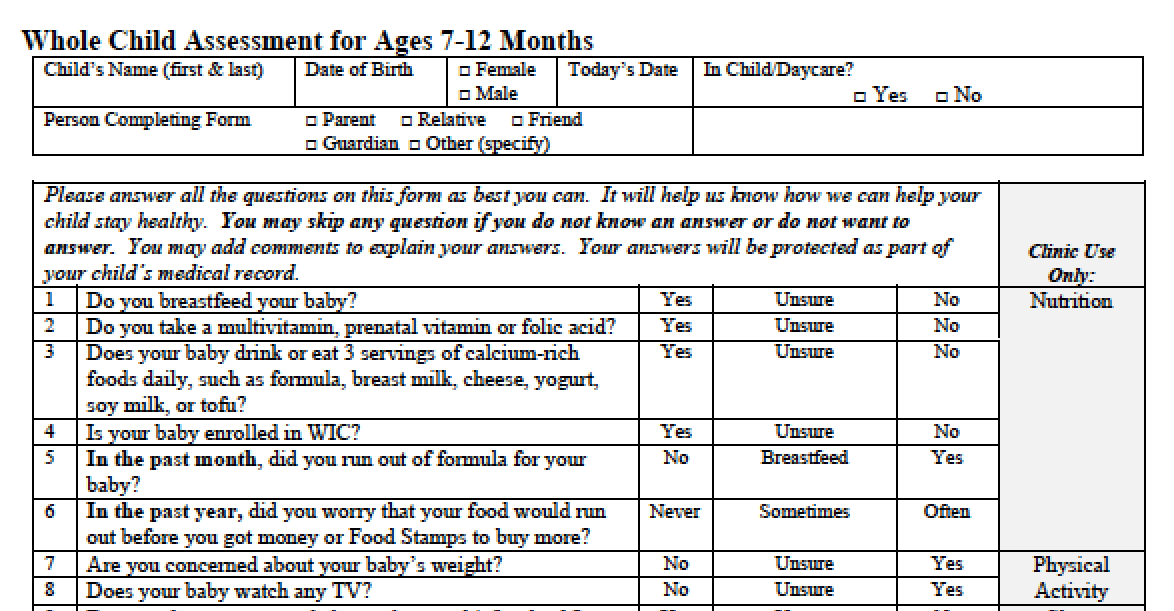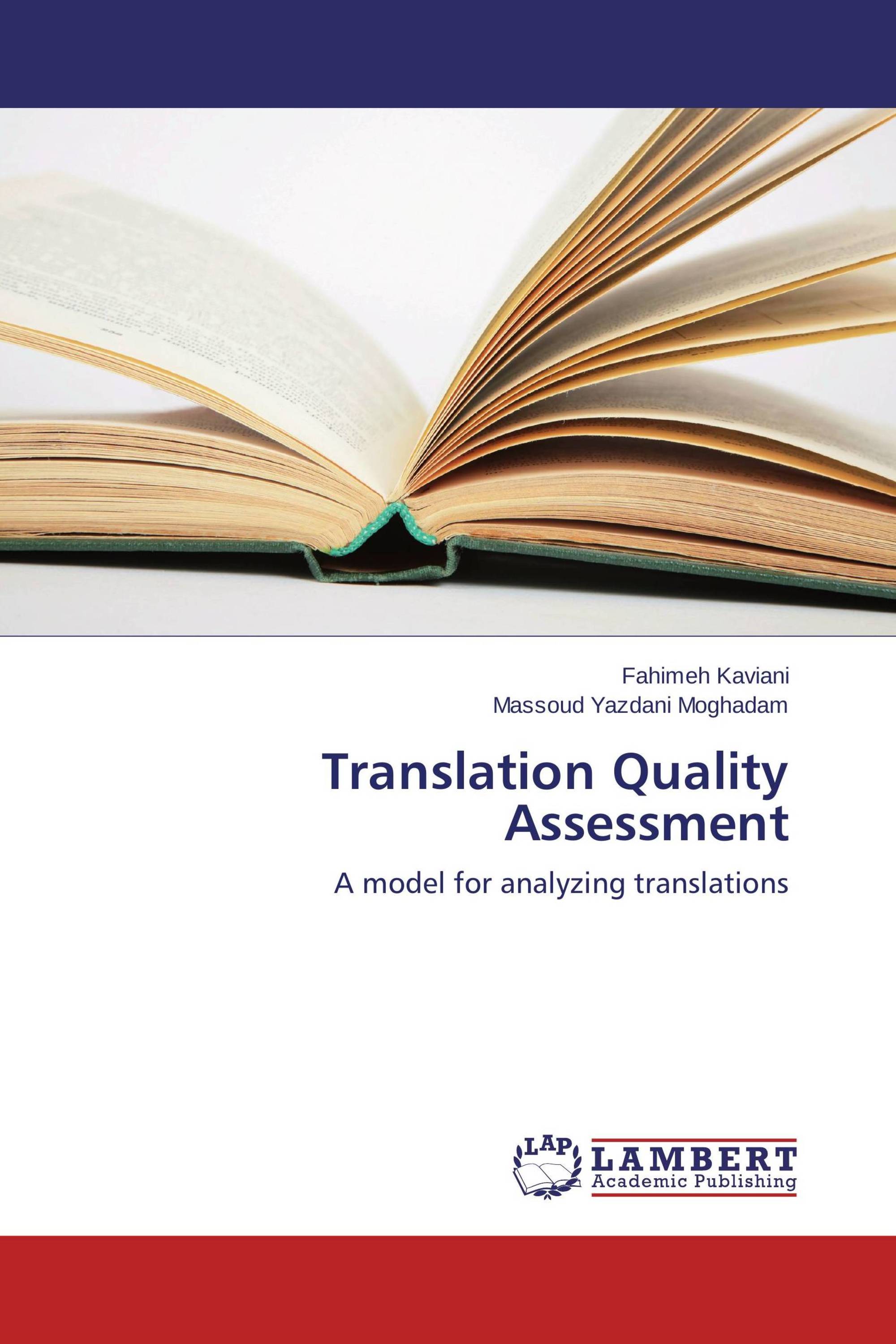

In a team approach to survey translation, a group of people work together. Thus, it serves as a model for these guidelines. Many examples draw on the European Social Survey (ESS), which is the current leader in research on, and the implementation of, modern translation procedures and transparent documentation, including national datasets. ▪ Transparency: examples given should be accessible in the public domain. The guidelines and selected examples that follow are based on two principles:

That is to say, to design cross-culturally comparable surveys, the translation team needs to closely collaborate with other teams, such as an adaptation team see Questionnaire Design and Adaptation for more information. The guidelines address, at a general level, the steps and protocols recommended for survey translation efforts conducted using a team approach. Other approaches, such as back translation, although recommended in the past, do not comply with the latest translation research.Īs discussed in Questionnaire Design, there are three major approaches to questionnaire development for 3MC surveys: asking the same questions and translating (ASQT), adapting to new needs and asking different questions (ADQ), or using a mixed approach that combines ASQT and ADQ. Based on growing evidence, the guidelines presented below recommend a team translation approach for survey instrument production. Seen from a TSE perspective, successful translation is a cornerstone of survey quality in 3MC surveys and comparative research.Ī successful survey translation is expected to do all of the following: keep the content of the questions semantically similar keep the question format similar within the bounds of the target language retain measurement properties, including the range of response options offered and maintain the same stimulus. In this article, the TSE paradigm is viewed as part of a much larger design strategy that seeks to optimize surveys by maximizing total survey quality i.e., quality more broadly defined to include user-specified dimensions of quality”. Total Survey Error (TSE) is widely accepted as the standard quality framework in survey methodology : “The total survey error (TSE) paradigm provides a theoretical framework for optimizing surveys by maximizing data quality within budgetary constraints. In addition, there are six other sets of guidelines focusing on specific aspects of the translation process: Translation: Management and Budgeting, Translation: Team, Translation: Scheduling, Translation: Shared Language Harmonization, Translation: Assessment, and Translation: Tools. The guidelines in Translation: Overview provide an overview of the translation process. Although good translation products do not assure the success of a survey, badly translated questionnaires can ensure that an otherwise sound project fails because the poor quality of translation prevents researchers from collecting comparable data. Translation procedures play a central and important role in multinational, multicultural, or multiregional surveys, which we refer to as ‘3MC’ surveys.


Given that the former approach is more commonly used in cross-cultural research, in this chapter, we mainly focus on translation from one language to another.įollowing terminology used in the translation sciences, this chapter distinguishes between ‘ source languages’ used in ‘ source questionnaires’ and ‘ target languages’ used in ‘target questionnaires.’ The language translated out of is the source language the language translated into is the target language. Another type of ASQT is decentering (also discussed in Questionnaire Design). It is also known as one type of asking the same questions and translating (ASQT) as discussed in Questionnaire Design (where we also discuss asking different questions (ADQ) and its correspondence to Adaptation). Translation is the process of expressing the sense of words or phrases from one language into another.


 0 kommentar(er)
0 kommentar(er)
